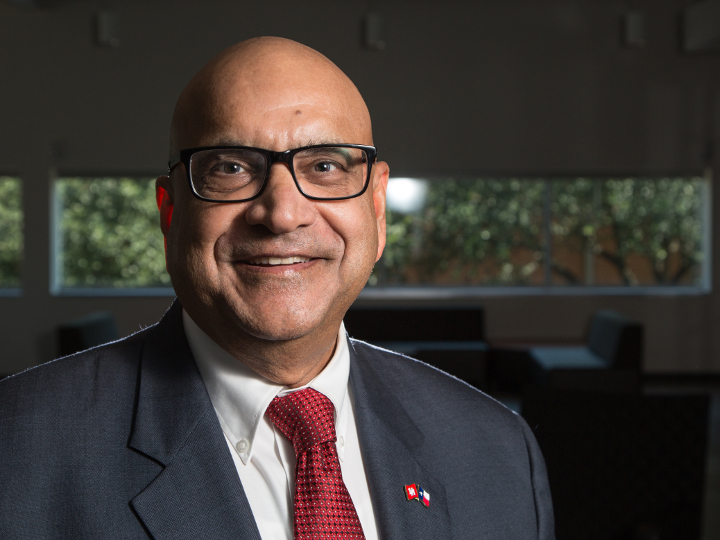

Researchers from the University of Houston have begun a $1.4 million project to demonstrate using carbon dioxide captured from nearby petrochemical plants to boost oil recovery in a field in the Indian state of Assam, a project which will help to reduce the country’s carbon footprint.
The project is part of an ongoing partnership launched last year between the University and Oil India Limited, the Asian nation’s national oil company.
The initial phase, funded by $500,000 from Oil India, included the calculation by UH researchers that the company’s oil reserves are substantially higher than previously thought, as well as recommendations that increased production by 21 percent at one well alone, a first-year revenue increase of $4 million.
“This ambitious partnership has offered clear benefits for both Oil India and for the University of Houston,” said UH President Renu Khator. “Finding a way to safely meet the growing demand for energy in India and other parts of the world is a fundamental challenge, and we appreciate the opportunity for our faculty and students to play a vital role in solving such important real-world problems.”
The project is led by Ganesh Thakur, who was recruited by UH in 2016 as director of Energy Industrial Partnerships. A member of the National Academy of Engineering and a former executive at Chevron Corporation, Thakur also serves as Distinguished Professor of Petroleum Engineering.
He has overseen both Phase 1 of the partnership, cemented by a Memorandum of Understanding signed last year, and Phase 2, which focuses on demonstrating the effectiveness of flooding key oilfields in northeastern India with carbon dioxide, a technique that has been used to enhance oil recovery in the United States for 45 years.
Demand for energy is increasing in India, where the gross domestic product (GDP) is rising about seven percent a year, Thakur said. The country now imports more than 80 percent of its oil consumption, making it important to increase what it can produce domestically. The UH team is composed of a dozen people, from faculty members and post-doctoral researchers to graduate students, in disciplines including petroleum and chemical engineering and the geosciences.
Moreover, Thakur said the partnership also offers advantages for UH.
“It provides a good field research lab for us,” he said. “It allows us to take the challenges the oil industry is facing and provide an integrated solution.”
The carbon capture project will also include technical training for Oil India personnel on advanced enhanced oil recovery techniques and project design, along with a seismic study of the Makum-North Hapjan Field.
The initial project was completed in June with several key accomplishments:
- UH research indicated the oil resources are about 20 percent higher in the key field of Oil India than previously thought.
- Research-based production recommendations led to a production increase of 220 barrels per day from just one well, a 21 percent increase worth $4 million a year.
- Fifty Oil India reservoirs were screened for enhanced oil recovery (EOR) opportunities; UH researchers also developed and patented a methodology to rank reservoirs and assess EOR potential. Researchers found the four top-ranked reservoirs have a potential for 17 million barrels of additional recovery.
- UH field research discovered that drilling at a potential site would be uneconomic. The result was a savings of $4 million in drilling costs.